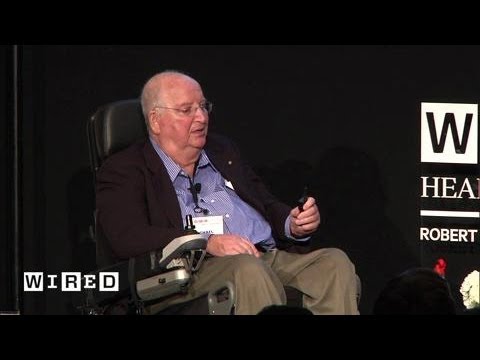Psychedelics and Their Effects: Expert Advice from Michael Pollan
Summary
Michael Pollan answers some of the most common questions regarding psychedelics, including their effects, risks, benefits, and therapeutic applications. He explains how LSD and other psychedelics work on the brain, why microdosing is becoming increasingly popular, and what ego death is. Pollan also addresses the challenges of conducting research on psychedelics due to legal and funding obstacles.
Table of Contents
- What are psychedelics and how do they work on the brain?
- What is microdosing and why is it becoming popular?
- What is ego death and why is it appealing?
- Can psychedelics be used to treat anxiety and addiction?
- What obstacles exist for conducting research on psychedelics?
Introduction
Psychedelics have been around for centuries, and their use has been steeped in mysticism, spirituality, and cultural traditions. They have also been the subject of scientific inquiry, with researchers studying their effects on the brain and exploring their potential in treating mental health conditions. But despite evidence of their benefits, psychedelics remain illegal under federal drug laws. Against this backdrop, Michael Pollan offers insights into the world of psychedelics and sheds light on some of the most pressing questions surrounding their use.
Q&A
What are psychedelics and how do they work on the brain?
Psychedelics are a class of drugs that alter perception, mood, and cognition. LSD and psilocybin are two of the most well-known psychedelics. LSD works by fitting into the receptors in the brain that receive serotonin, a neurotransmitter that regulates mood, appetite, and sleep. When LSD activates these receptors, it causes a range of effects, from visual hallucinations to heightened empathy and altered sense of time. Similarly, psilocybin, found in magic mushrooms, also targets serotonin receptors, leading to altered perception and cognition.
What is microdosing and why is it becoming popular?
Microdosing is the practice of taking small doses of psychedelics to achieve a range of benefits, including increased well-being, productivity, and creativity. The idea behind microdosing is to use just enough of the drug to enhance cognitive abilities and mood without experiencing any of the trippy effects associated with a larger dose. Although there is little formal research on microdosing, anecdotal reports suggest that it can be a useful tool for a range of conditions, from depression and anxiety to chronic pain.
What is ego death and why is it appealing?
Ego death is the experience where a person’s sense of self dissolves or crumbles, leading to a merging with the cosmos or other people. This experience, although intense and often overwhelming, can be appealing to those seeking a profound spiritual or psychological transformation. Ego death is often linked to the use of high doses of psychedelics and can have long-lasting effects on a person’s perception and worldview.
Can psychedelics be used to treat anxiety and addiction?
Recent research has confirmed that psychedelics such as psilocybin can be effective in treating a range of mental health conditions, from anxiety and depression to addiction. Psychedelics work by “shaking the snow globe” in your brain, creating new connections and breaking down old patterns of thought and behavior. In a therapeutic setting, this can be a powerful tool for helping people overcome ingrained patterns of addiction or anxiety. However, the use of psychedelics for medical purposes is prohibited under federal drug laws, making research and treatment difficult.
What obstacles exist for conducting research on psychedelics?
There are several obstacles to conducting research on psychedelics, including legal barriers, funding constraints, and stigma. Because psychedelics are classified as Schedule I drugs, researchers face significant regulatory hurdles, including lengthy approval processes and strict limits on access to the drugs. Additionally, funding for psychedelic research is often limited, as many organizations are wary of the stigma associated with these substances. Despite these challenges, there is growing interest in researching the potential therapeutic benefits of psychedelics, and many scientists and researchers are working hard to overcome these challenges.
Conclusion
Psychedelics have long been shrouded in mystery and stigma, but recent research has shed new light on their benefits and potential therapeutic applications. However, as Michael Pollan explains, there are still many challenges to overcome, from legal and regulatory barriers to funding constraints and stigma. Nevertheless, the growing interest in psychedelics and their unique effects on the brain and behavior suggest that this area of research is poised for continued growth and exploration.







